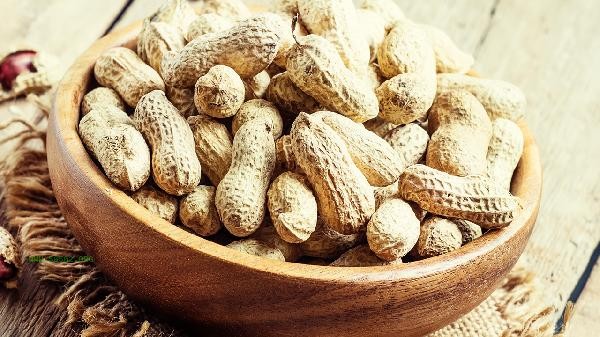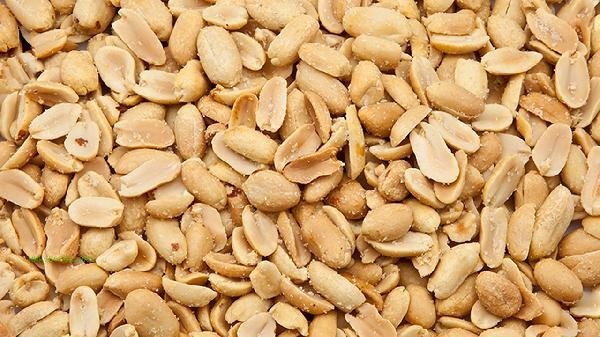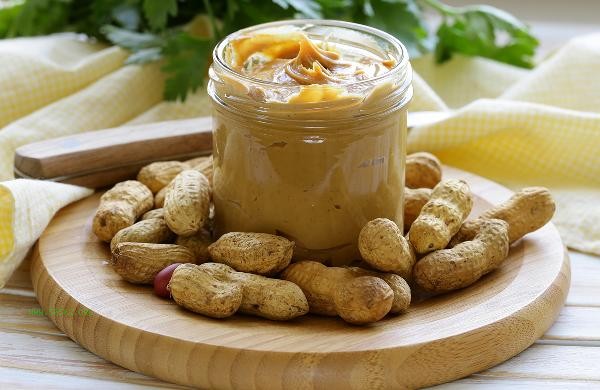The appearance of black flying insects on peanuts may be caused by factors such as humid storage environment, peanut moisture and mold, residual insect eggs, spread of storage pests, poor hygiene conditions, etc. It can be treated by drying, sealing storage, low-temperature freezing, chemical fumigation, and timely cleaning.

1. Drying by air
Spread the affected peanuts and expose them to sunlight for several hours. High temperature and ultraviolet radiation can effectively kill adult insects and insect eggs. When drying, it is necessary to frequently flip to ensure even heating. After drying, the peanuts should be completely cooled before sealing to avoid moisture regain. This method is suitable for situations where the peanut is not moldy during the early stages of pest infestation.
2. Sealed storage
Use food grade sealed cans or vacuum bags to store peanuts and block the contact route of flying insects. Food desiccants or natural insect repellent materials such as Sichuan peppercorns can be placed inside the container. Before sealing, it is necessary to ensure that the peanuts are completely dry, and the storage environment should be kept cool and ventilated. It is recommended to control the temperature below 20 degrees Celsius.
3. Low temperature freezing
Put peanuts in a fresh-keeping bag and freeze them at minus 18 degrees Celsius for 48 hours. Low temperature can kill pests at all stages of development. After freezing, it is necessary to warm it back to room temperature before opening to prevent condensation from causing secondary moisture. This method is suitable for scenarios with small amounts of peanuts and low requirements for taste.

4. Chemical Fumigation
For large quantities of stored peanuts, fumigants such as aluminum phosphide can be used, but professional personnel are required to operate and strictly follow the safety interval. Food grade diatomaceous earth can be used for small-scale household processing, and its physical insecticidal properties are harmless to the human body. Thoroughly ventilate and eliminate odors after using the medication.
5. Clean up in a timely manner
Regularly inspect storage containers and isolate and deal with pests immediately if found. Thoroughly clean the gaps in the storage area and rinse the container with boiling water to kill residual insect eggs. When the pest infestation is severe, it is recommended to dispose of contaminated peanuts to avoid cross infection. Keeping the environment dry and clean is the key to prevention.

To prevent peanut infestation, it is necessary to control it from the source. When purchasing, choose intact and undamaged dry peanuts. For newly purchased peanuts, it is recommended to expose them to sunlight before storage. Daily storage can be paired with natural insect repellent materials such as garlic and cinnamon, avoiding mixing with grains and cereals. When a small number of flying insects are found, they should be dealt with in a timely manner to prevent the proliferation of insect eggs. If pests recur or peanuts have become moldy, consumption should be stopped to ensure food safety.








Comments (0)
Leave a Comment
No comments yet
Be the first to share your thoughts!